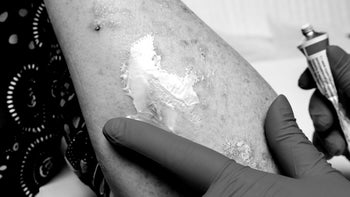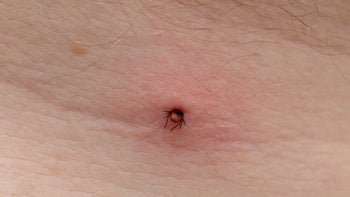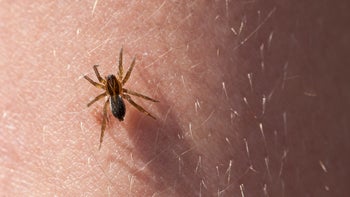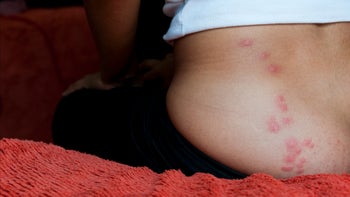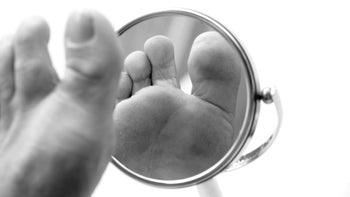
4 Ways to Get Rid of Bruises Fast
Key takeaways:
Bruises form when blood leaks out of injured blood vessels and becomes trapped beneath the skin.
Reducing blood flow after an injury can minimize bruising. You can do this by using an ice pack or cold compress, gentle compression, or elevation.
Bruises will go away on their own in about 14 days.

If you’ve ever stumbled into something trying to get to the bathroom during the night, you may have gotten up the next morning with a bruise to remind you of your clumsiness. Bruises, or contusions, develop when small blood vessels under the skin break. This causes blood to leak out and become trapped underneath the skin.
It takes time for bruised skin to return to normal. Bruises will fade away on their own over about 2 weeks. You may notice the color of the bruise change as it heals — from red, to bluish-purple or black, to green or yellow, and finally light brown.
There’s nothing that can get rid of a bruise instantly. But there are things that you can do to help reduce bruising and heal bruises faster. Here are four things you can use to help your bruise heal.
Search and compare options
If you are in an abusive situation and need immediate help, call the National Domestic Violence Hotline at 1-800-799-7233 or text “SAFE” to 88788.
1. Ice
Using an ice pack causes blood vessels to constrict (become more narrow). This means less blood leaving the blood vessels, which leads to less bruising. Ice is most effective when used as soon as the injury occurs.
In addition to reducing bruising, a cold compress can help relieve pain and swelling. But don’t apply the ice pack directly to your skin. Wrap it in a towel and put it on for 10 to 20 minutes at a time.
2. Compression
Gentle compression is another way to reduce swelling and bruising after an injury. One study found that — in patients getting blood thinner injections — compression reduced bruising better than ice.
Depending on where your injury is, it might not be easy to apply pressure. But if you’ve twisted an ankle, or banged an arm or leg, try wrapping the area with a compression bandage. Make sure not to wrap it so tightly that you stop blood flow completely. If you notice numbness or tingling, it’s a sign you need to loosen the bandage.
3. Elevation
Another trick for reducing the amount of blood at the site of a bruise is to raise the injured area above the level of your heart. For instance, if you have an injury to your lower leg, try lying with your leg propped up on a pillow. This helps blood travel back to the rest of the body more easily, and it limits swelling and bruising.
Ever notice an itchy sensation around a bruise? Here’s why bruises itch.
Feel like you're more prone to bruising than others? Our experts review why some people bruise more easily.
Medications can increase your risk of bruising. Here are six medications that can make you prone to bruising.
4. Warm compress
It can be confusing to figure out when to use cold versus heat for an injury. But in general, warm compresses are best to use at least 48 hours after an injury. They do the exact opposite of ice packs: They help blood vessels dilate (open wider) and increase blood flow.
Once you’re through the acute phase of injury, and the bruise has fully formed, using a warm compress helps the body reabsorb that trapped blood.
When should you seek medical care for a bruise?
Minor bruises should heal on their own within 2 weeks. It’s best to contact a healthcare professional if:
The bruise isn’t healing.
The swelling or pain is worsening.
There’s no obvious reason for the bruise, or you’re bruising too easily.
You’re having trouble moving a joint near the bruise and are worried that something’s broken.
The bruise is near your eye and your vision has changed.
Read more like this
Explore these related articles, suggested for readers like you.
The bottom line
Bruises form when small blood vessels in the skin break open and blood leaks into the nearby tissue. Once the bruise forms, it takes time for the skin to heal. Mild bruising usually improves within 2 weeks with no treatment. But there are some treatments that if applied early, can help reduce bruising. Examples of these treatments are applying a cold compress, elevation, and gentle compression.
If you are in an abusive situation and need immediate help, call the National Domestic Violence Hotline at 1-800-799-7233 or text “SAFE” to 88788.
Why trust our experts?



References
Karadağ, S., et al. (2023). Effect of cold application and compression on pain and bruising in subcutaneous heparin injection. Journal of Vascular Nursing.
MedlinePlus. (2016). Bruises.
MyHealthAlberta. (2023). Hematoma: Care instructions.
MyHealthAlberta. (2023). Learning about compress bandages.
Nemours Kids Health. (2022). Bruises.
Saxena, D., et al. (2018). Assessment of the age of bruise by their healing. Indian Journal of Forensic and Community Medicine.








